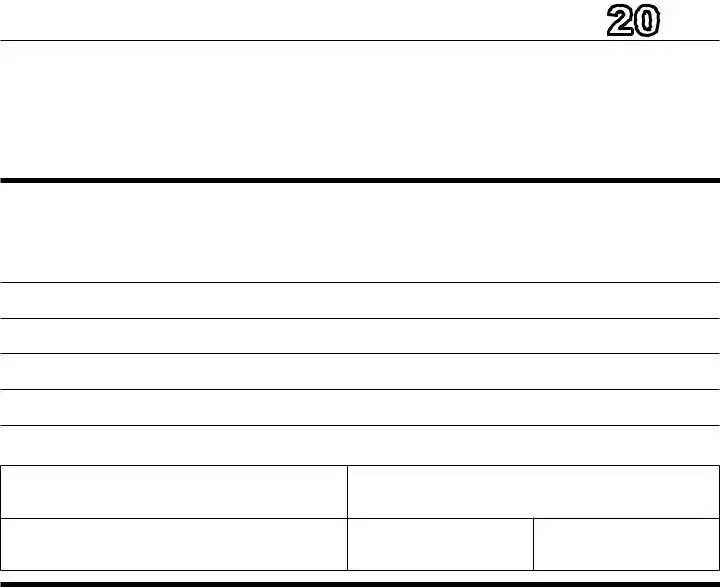What is the West Virginia Opt 1 Form?
The West Virginia Opt 1 Form is a document used by taxpayers to opt out of electronically filing their personal income tax returns. It is specifically designed for individuals who are having their tax returns prepared by professionals who are required to file electronically due to filing more than 25 tax returns using tax preparation software. By completing and signing this form, taxpayers indicate their choice not to e-file their return for the indicated tax year.
Who needs to complete the West Virginia Opt 1 Form?
This form needs to be completed by any taxpayer who chooses not to have their personal income tax return filed electronically and is using a tax preparer who normally files electronically. This includes individuals filing jointly, where both spouses must sign the form if they jointly decide to opt out of electronic filing.
Why would someone choose to opt out of electronically filing their tax return?
There are various reasons a taxpayer might choose to opt out of e-filing, including personal preference for paper filing, concerns about online security, or issues with electronic submission. The specific reasons for opting out are not required to be detailed on the form, but the decision must be voluntarily made by the taxpayer.
What are the responsibilities of the tax preparer in regards to the Opt 1 Form?
The tax preparer is responsible for retaining the Opt 1 Form for a period of three tax years following the year for which it was signed. They must also indicate on the taxpayer's return that the taxpayer has elected to opt out of the electronic filing requirement. It is important that the preparer does not influence the taxpayer's decision to opt out of e-filing.
Are there any exceptions to the requirement for preparers to file returns electronically?
Yes, if a return is not eligible for electronic filing for any reason, it may be filed on paper despite the general requirement for tax preparer’s electronic filing. Exceptions can be based on specific limitations of the e-filing system or other factors that prevent an electronic submission.
What information is required on the Opt 1 Form?
Taxpayers must provide their names, primary Social Security Number, and, if filing jointly, the spouse’s Social Security Number. Both the taxpayer and the spouse, if relevant, must sign and date the form to indicate their decision to opt out of e-filing. Additionally, the tax preparer must acknowledge the taxpayer's decision and confirm that it was made voluntarily without any solicitation from the preparer.
How long must the tax preparer keep the form on file?
The tax preparer must keep the completed Opt 1 Form on file for three tax years immediately succeeding the tax year for which the form was used. This retention policy helps ensure documentation is available if the taxpayer's choice regarding electronic filing is ever questioned.
Where can taxpayers find the West Virginia Opt 1 Form?
Taxpayers can usually obtain the West Virginia Opt 1 Form from their tax preparer, who is required to offer the option of opting out of electronic filing. Additionally, the form may be available from the West Virginia State Tax Department, either through their official website or by contacting the department directly.
